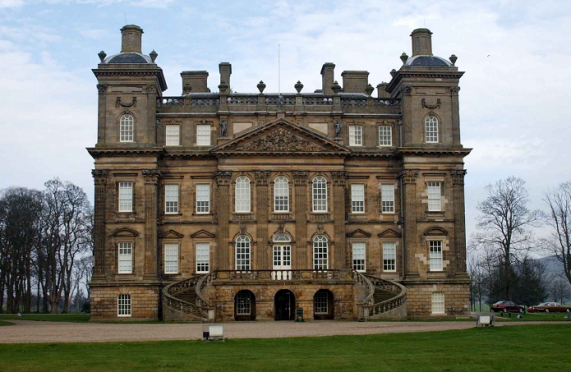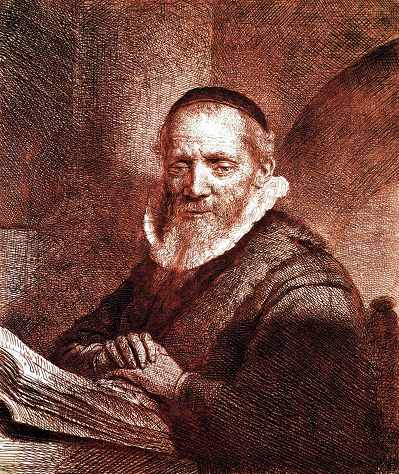A rare Rembrandt etching found hidden in a box at the Scottish National Gallery will go on display at a north-east mansion tomorrow.
The unique red ink print of an Amsterdam preacher from 1633 was rediscovered at the art gallery in Edinburgh two years ago.
It was previously believed to be a copy of a print by the Dutch master but specialist research revealed that it was actually an original etching.
Rembrandt Harmensz van Rijn produced at least 314 etching plates throughout his career, dating from around 1626 to 1665. Only 22 impressions from these etchings are known to be in red ink and only five of these are portraits.
Rembrandt’s Portrait of Jan Cornelis Sylvius will go on public display at Duff House in Banff in Aberdeenshire.
Graeme Curran, manager of Duff House, which is run by Historic Environment Scotland, said: “This display will showcase a truly unique red ink etching – the only one of this subject that is known to exist – from one of the greatest painters and printmakers of the 17th century and in the history of art.
“It’s wonderful that two years on from its rediscovery, people will now have the opportunity to view this rare Rembrandt etching at Duff House.
“As well as having the chance to find out more about how this particular work was rediscovered, visitors will also be able to take a closer look at this unique artwork while learning more about the artist’s skill and capability as a printmaker.”
Rembrandt made the etching of the Sylvius, a relative of his wife Saskia van Uylenburgh, shortly after moving to Amsterdam from his native Leiden.preacher became the godfather to their first child and baptised their daughter Cornelia in 1638, the same year he died.
More than 100 impressions of Rembrandt etchings are held in the Print Room of the Scottish National Gallery in Edinburgh.
Dr Tico Seifert, Senior Curator for Northern European Art at The National Galleries of Scotland, who rediscovered the etching, said: “This particular Rembrandt print has a fascinating story that came to light in 2014.
“It had been previously catalogued as a copy, however, I found that all known copies of this print are in reverse and upon further comparisons and speaking with colleagues in Amsterdam it soon became clear that this was an etching by Rembrandt himself and, moreover, that it is the only impression of this plate in red ink.
“Duff House makes for a wonderful setting for people in the north east of Scotland to take the opportunity to view this small, but significant art work.”

